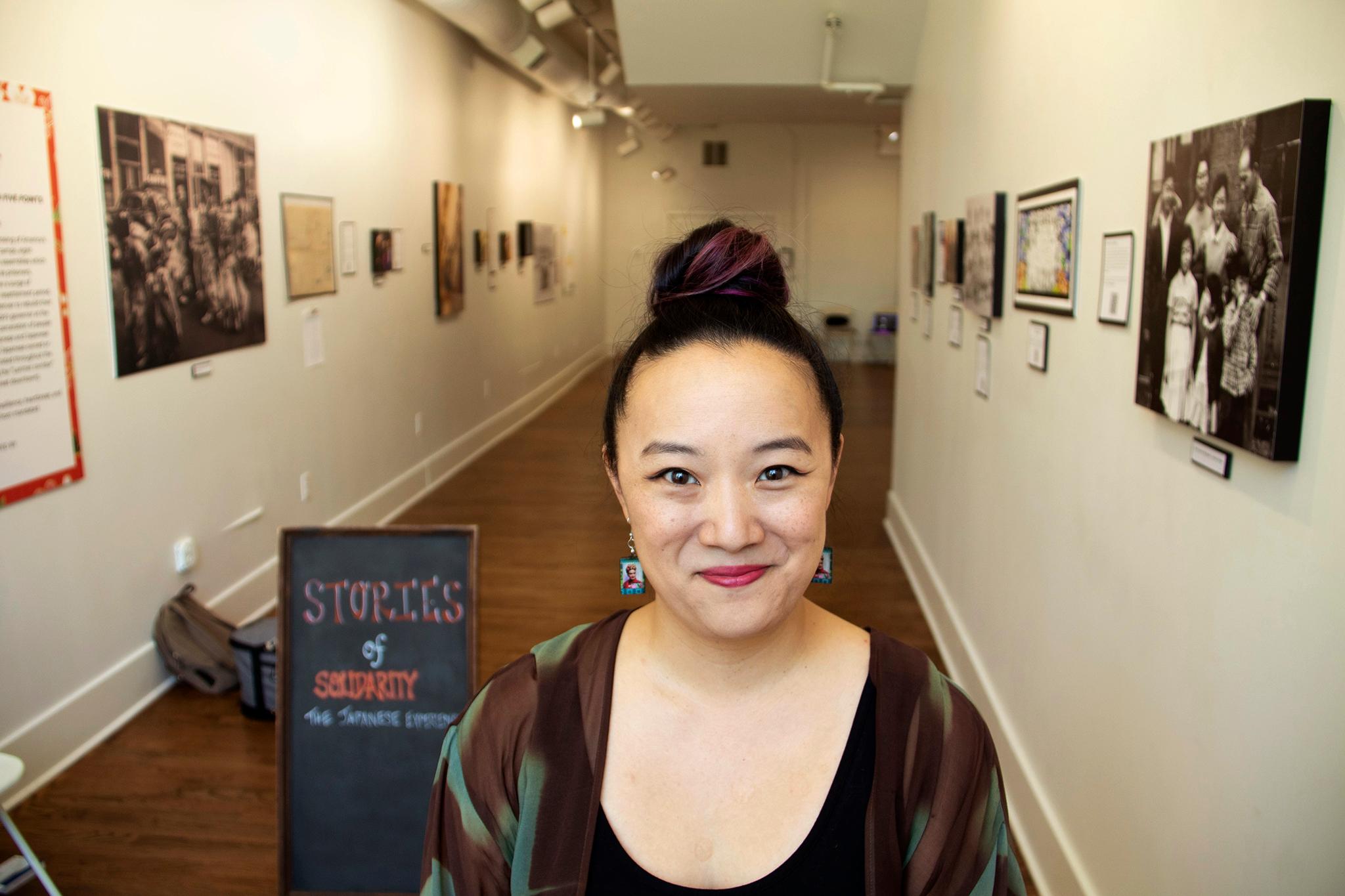
Denver's Historic Five Points and Curtis Park neighborhoods have a rich history of being home to many different kinds of people. Now, a new interactive mapping project and exhibition is telling the story of one group of these Americans.
Denver experienced a boom in Japanese culture and businesses after World War II and the closure of Colorado’s internment camps, which imprisoned over 10,000 people of Japanese descent. Today, in Denver’s Five Points neighborhood, an interactive story-sharing, web-based app takes visitors back in time for a unique neighborhood tour of what that time was like.
The project — titled Stories of Solidarity: Japanese Americans in Five Points — is a collaboration between the Japanese Arts Network, Mile High Japanese American Citizens League, and is supported by Arts in Society, but for creator Courtney Ozaki it's personal.
"This project came out of an interest in my personal family history. My parents grew up in the five points neighborhood,” Ozaki said. “Both sides of my family ended up in Five points following World War II and the closing of the Japanese incarceration camps that they were living in for a number of years."
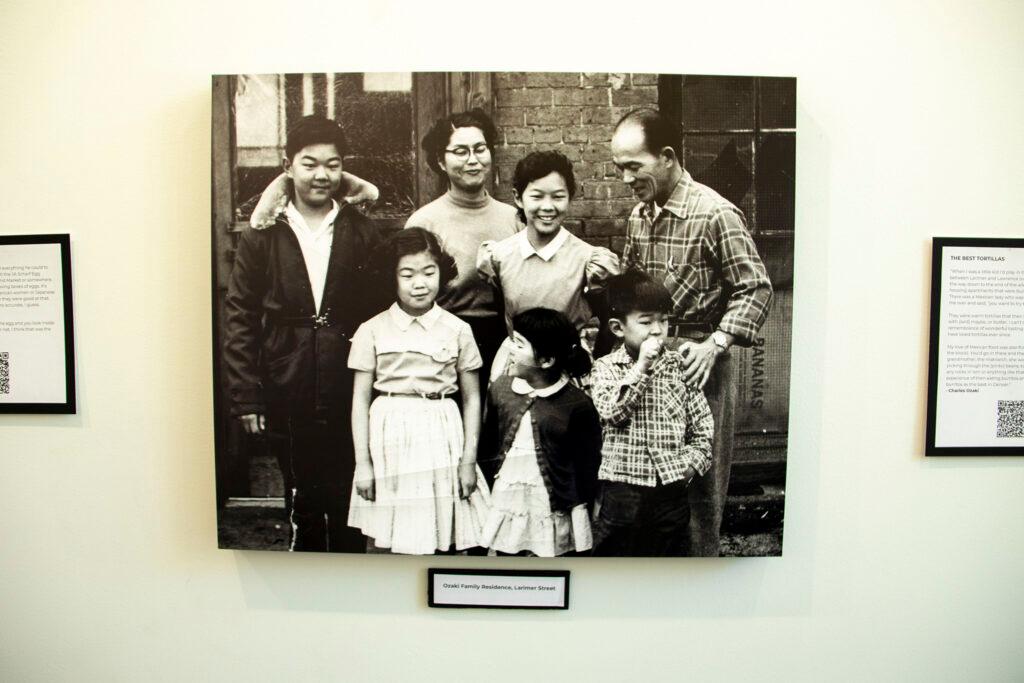
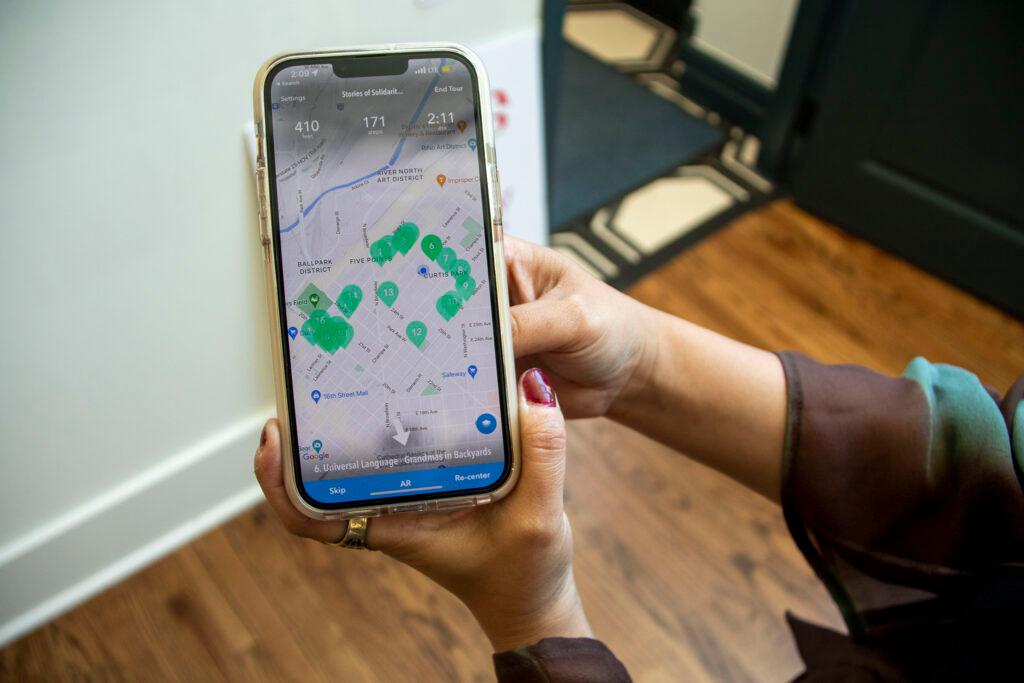
Many Japanese Americans resettled in the Five Points neighborhood, both during and following World War II, because then Colorado governor Ralph Carr had the uncommon stance that incarceration of Japanese Americans was unconstitutional.
Ozaki says the project explores the convergence of the African American, Latinx, and Japanese American communities.
"Through that, we were able to identify really inspiring stories of beautiful moments of community coming together and those specific places where these stories occurred have ended up being sites of interest on the tour," Ozaki said.
The project includes oral histories from community elders still living in the area.
Richard Yoshida grew up in the neighborhood and attended Manual High School. He recalls how neighbors found a way to be … neighbors.
"My grandmother would go back in the backyard and then there's a neighbor, on the other side of the fence, all she knew was how to speak Spanish. And all my grandmother knew was how to speak Japanese,” Yoshida said. “But they would yack, yack, yack and chat for, I don't know how long, you know, using their own language and they would understand each other. So there's some kind of special feeling in there that comes out to be able to understand each other.”
Marge Taniwaki, who also attended Manual High School, remembers how diverse the neighborhood was.
"We used to call ourselves the little United Nations, because there were so many of us from varying backgrounds. The white kids came from Elyria-Swansea of course, we had Latinos and African Americans and Asians, and we all got along,” Taniwaki said. “And I know that I still have many lifelong friends back from that time."
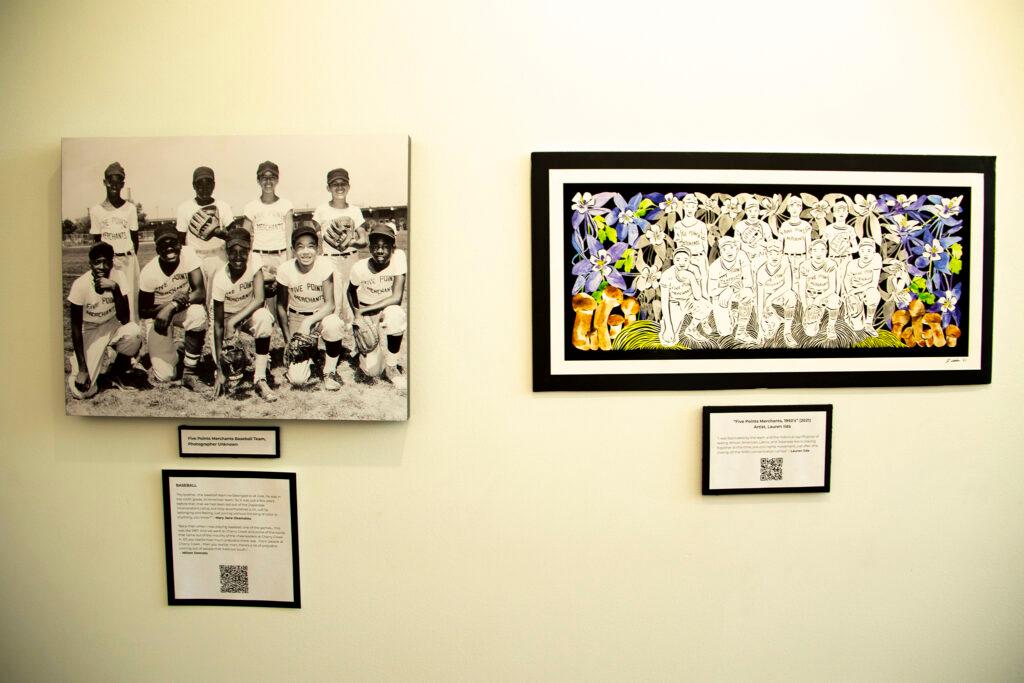
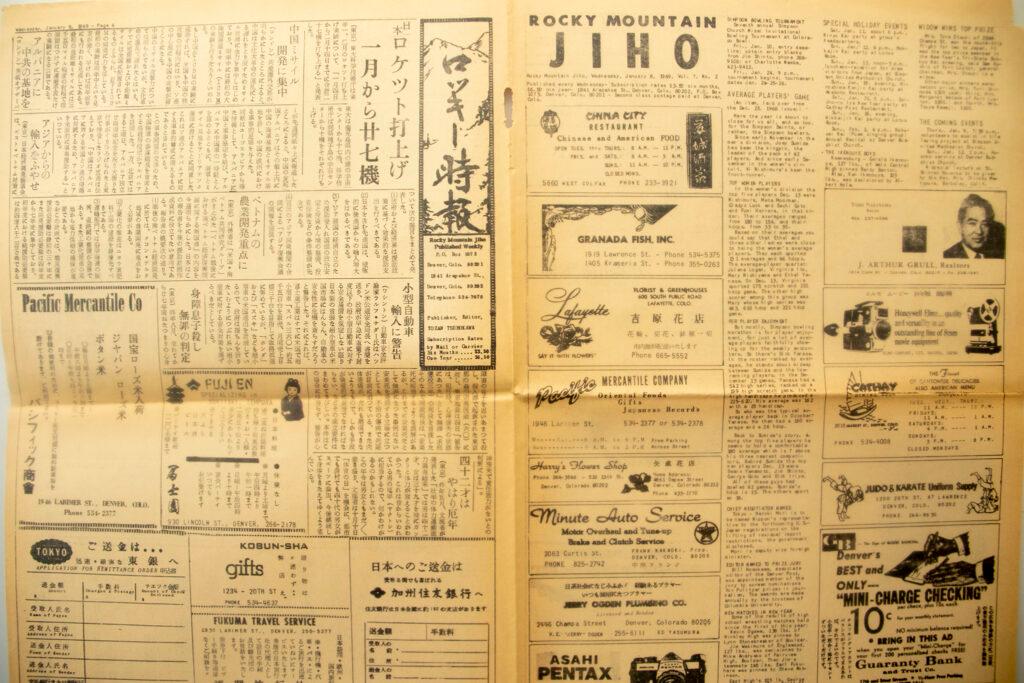
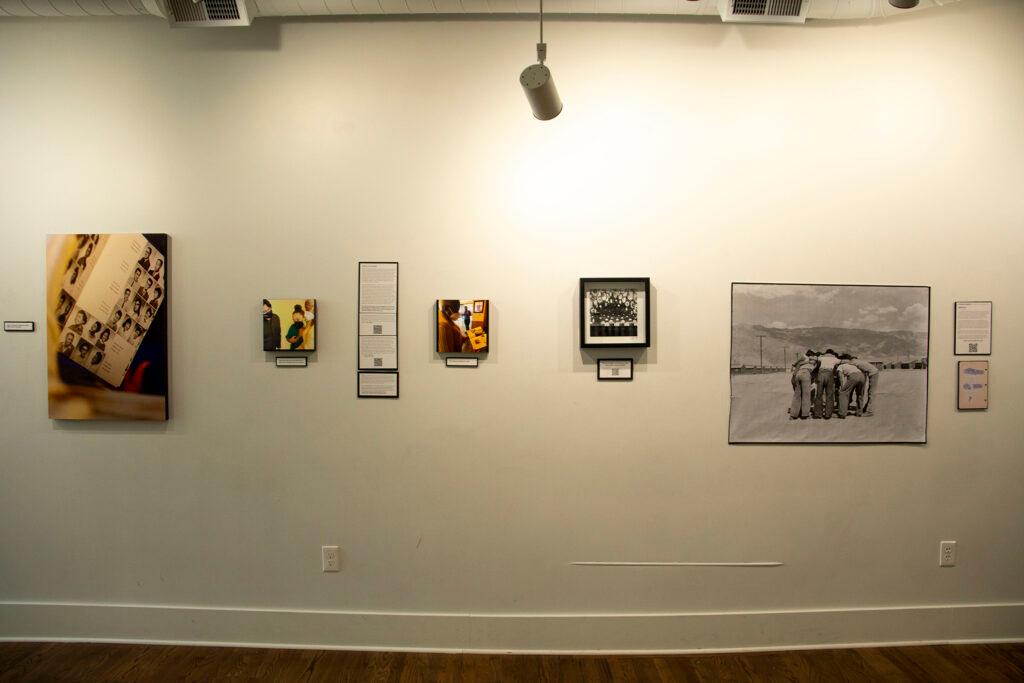
Charles Ozaki, Courtney Ozaki's father, says the shared experience for all the people in Five Points reflects societal values during the time that united the residents.
“It had the effect of pulling people together, but it also had the effect of separating people,” Charles Ozaki said. “A lot of the people who were separated were impacted by continually being disadvantaged in our society.'
These elders have more to share than just charming memories, however; they want to identify lessons for today.
“There were so many different ethnic backgrounds, people of different color, including white, black, brown, whatever it was, but we were all able to get along together,” Yoshida said. “And, I think that is a very important lesson in light of the things that are happening in the world today."
Taniwaki hopes sharing this part of Denver history will have a political and economic impact – namely that it will help slow gentrification.
"And so if they learn what the area was like when we were growing up, I'm hoping that it will sway some people to stop building the kinds of apartment buildings that are only affordable to the rich and are pushing out the longtime residents who deserve to be there, to retain the history of their longtime family associations with that area as have been for us," Taniwaki said.
For Courtney Ozaki, the history of people in the area is one that may not be apparent to many people just walking around. She says she hopes it forces people to consider their relationships with others.
"You know, there aren't any landmarks really that tell anybody that there was a Japanese presence in the Five Points area,” Courtney Ozaki said. “And I think the contributions both economically, as well as the relationships built were very important to future generations. “
The free mapping project tour can be accessed online at the Japanese Arts Network website. A limited run in-person exhibit will be shown at The Savoy Denver in Curtis Park at select times on Fridays, Saturdays, and Sundays from July 9-23.








